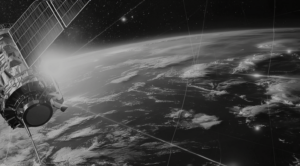
Arianespace launched its final Ariane 5 mission on Wednesday evening from French Guiana, marking the end of an era for the workhorse rocket. With the final launch, Europe does not have heavy-lift capacity while it waits for the debut of its successor, Ariane 6. “Ariane 5 is now taking its place in the annals of global space history. This final successful mission demonstrates once again its supreme reliability in the service of European autonomy and rounds off an exceptional career distinguished…

 By
By 











